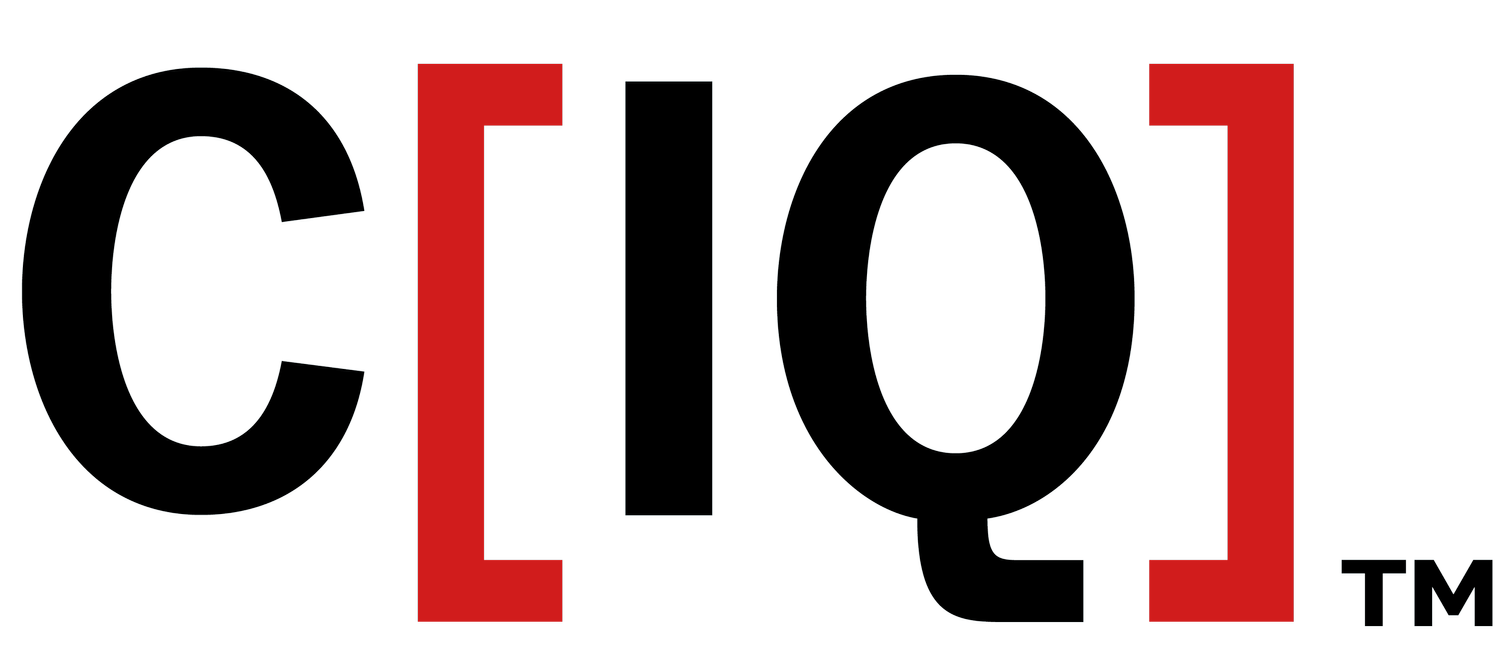Successful Consumer-Centricity is About Dollars and Sense
When C[IQ] engages with a client to help accelerate their consumer-centricity, one of our first asks will typically be for copies of the client’s financial statements and long term strategic plans (for privately held companies under strict NDA , of course). Why? That’s because companies seeking to accelerate their consumer-centricity need accurate alignment with financial realities, corporate strategy, and consumer-focused marketing.
Credit: GaudiLab
All too often we see companies convinced they require certain consumer centric strategy investments, which on one hand no one could disagree with, yet on the other hand, there is dangerous gap between what is desirable and what is affordable. Similarly, a company will decide on the investment (often times as a result of a strategic plan from a management consultant) before actually understanding the costs. We can often alleviate sticker shock, restructure projects that are too big to succeed, and help avoid over or under investments.
So, the financials, including income statements, balance sheets, and cash flow statements, allow assessment of current profitability, cost structure, growth trends and cash flows. Detailed analysis identifies affordability constraints and opportunities related to the pursuit of greater consumer-centricity.
What size investments make financial sense given the company’s margins, debt, and cash position?
Are there areas of cost reduction that can help fund consumer-focused initiatives?
Our job is to ensure we right-size a consumer-centric strategy that each client can afford to implement.
To do this, it’s imperative to have a sense of the company’s financial position before we recommend a strategy that requires an investment that the client cannot afford to make—the challenge of a Ferrari appetite on a Ford budget.
Meanwhile, strategic plans provide a window into the client’s current direction and strategic priorities in terms of markets, products, partnerships, and capabilities. With 3-5 year time horizons, these plans articulate business objectives and growth strategies. This context allows positioning enhanced consumer-centricity as vital to achieving stated goals around revenues, retention, loyalty, brand equity and other metrics. Consumer-centric initiatives can, and must, be tied directly to business growth and strategic aspiration.
Our job is to ensure the client has a consumer-centric strategy that
supports each client’s strategic business plan and goals.
Armed with the financial and strategic context, C[IQ] then defines specific ways to evolve product development, market research, consumer experiences, consumer service, digital marketing and other areas to become more consumer-centric. Initiatives are crafted at the intersection of strategic objectives, consumer needs, and financial planning. For example, recommendations may advise revamping consumer segmentation based on purchase behavior, creating consumer advisory panels for product feedback, or conducting new conjoint analysis studies on consumer engagement trade-offs.
Our recommendations provide both strategic logic and financial justification.
The strategic plans may reveal untapped growth opportunities or consumer niches aligned with consumer insights. The financials help right-size investment levels for new consumer research, service enhancements, or brand building. By anchoring recommendations in strategic and financial realities, the path to greater consumer-centricity becomes clearer.
In our experience, leadership buy-in builds through initiatives demonstrably tied to business goals and resources.
Thus, reviewing financial data and strategic plans allows tailoring of consumer-centric initiatives based on strategic urgency and financial prudence. This achieves alignment across finance, strategy and marketing. With facts grounding recommendations, we define an informed roadmap for how our client’s organization can evolve towards greater consumer-centricity and sustained success.
How can we help your brand?

